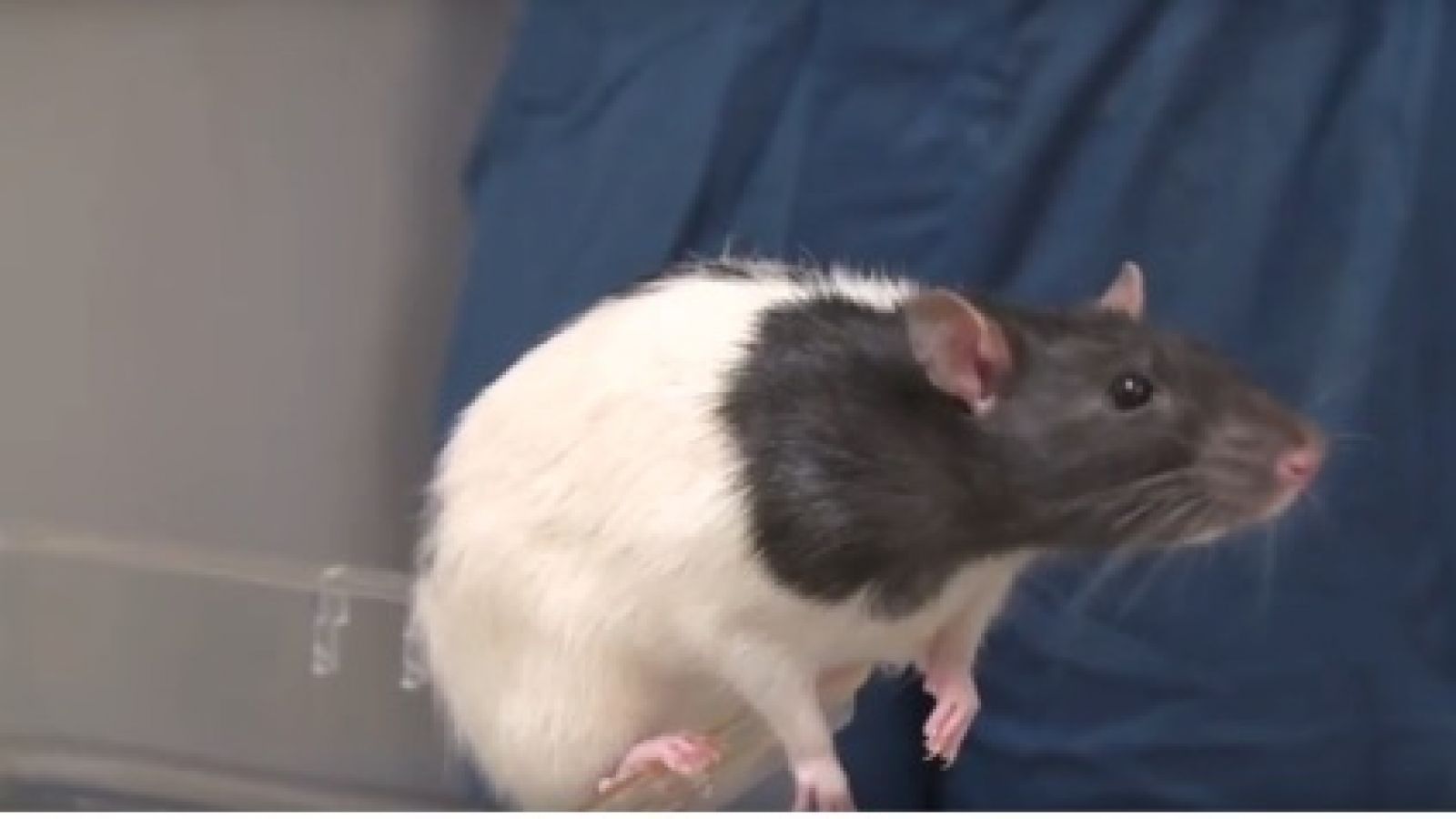
Text to go here...
Cambridge shows how animal studies are helping us understand OCD
The University of Cambridge has opened the doors of its animal laboratories in order to make a film about its OCD research, presented by David Adam, a science journalist. See what the University says about the videos here, or view them below.
David Adam is a journalist who has been diagnosed with Obsessive Compulsive Disorder (OCD) – a debilitating condition for those who suffer from it. OCD patients might scrub their hands repeatedly until they bleed, check their front door is locked thirty or forty times. Professor Trevor Robbins, from the University of Cambridge, describes the condition as follows:
“OCD is a psychiatric disorder which consists of obsessions, thinking the same thing over and over again, often worrying about it; and compulsions, doing the same thing over and over again, to no good effect. It’s incredibly disruptive of your life. This is a very severe disorder and understanding it is absolutely vital.”
David decided to visit the University of Cambridge to learn more about how scientists are trying to understand the condition – including through the use of animal models. In the first video he learns more about the relationship between OCD and the brain, and the approach the institution is taking to understand it.
In the second part, David sees how scientists are using rats to model OCD. Dr Dawn Eagle deactivates a key part of the frontal cortex in the brain involved in OCD. She is then able to observe typical OCD behaviours in the animals – in this case, repeatedly pressing a button (the button provides useful information as to where to get food, but there is no value is checking the button more than once). David goes on to speak to Professor Angela Roberts, who works with marmoset monkeys. Monkeys have bigger brains than rats, with a larger proportion dedicated to the cerebral cortex (about 60%, compared to 28% in rats and 80% in humans). By implanting devices to measure the electrical signals in the brain, the scientists can learn more about when the brain is triggering during OCD behaviour. Prof Roberts discusses the moral challenge, saying:
“The answer comes in the suffering you see in patients with neuropsychiatric disorders. 60% of patients can’t be successfully treated very effectively with the current therapies ...We really do need to generate a much better understanding of the kind of brain circuits that are involved in controlling these complex behaviours in order for us to actually generate the new generation of drugs or therapies. And in order to do that we have to turn to animals, and we have to turn at some level to a primate, which has got the complex brain that you see in a human. ... But you’re having to balance the studies we’re doing in primates versus the kinds of suffering that humans are under with some of these kind of disorders – which can be debilitating.
The final part links the human and animal work. This process is important, so that the researchers can translate the animal research results into the behaviours that we see in humans. David has to do an experiment inside a brain scanner with Dr Annemieke Apergus-Schoute. She notes how certain studies that can be done in animals could not be done in humans – so it is crucial that the results in humans and animals can be translated.
Overall, the video provides a fascinating insight into OCD, into the key role of animals, and into the fantastic research going on at the University of Cambridge.
Last edited: 10 January 2022 09:23



